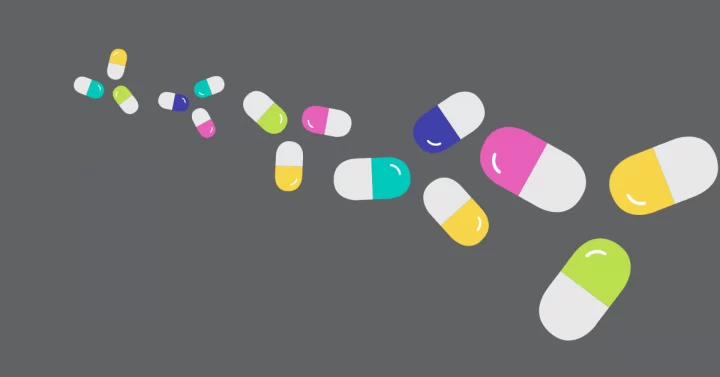Newcells Biotech technology: the fight against antibacterial resistance

Antibacterial resistance is an ever-increasing concern for today’s society. As more bacterial strains become resistant to greater numbers of antibiotics, we could see modern-day healthcare rewind back to the mid-1940’s, when antibiotics were not available.
Bacterial resistance occurs naturally, however misuse of antibiotics has allowed pathogens to develop resistance to even some of the most potent antibiotics. As a result, we are seeing an increasing number of patients who have pan-drug-resistant infections, where no effective treatment is available, putting our ability to effectively treat the simplest of conditions in jeopardy.
Research into new classes of antibiotics is more critical than ever. However, the rate at which we are developing novel antibiotics has slowed to a snail’s pace. Worryingly, there has not been a new class to reach the market since the mid-1980’s. Reasons for this halt in development are complex, but centre around low return for drug development companies, due to the acute nature of antibiotic use.
Despite this, there has been a concerted push, driven by partnerships such as Carb-X, ENABLE and AMR, to fund development of new variants of existing antibiotics, in particular aminoglycosides. However, renal toxicity has been an unexpected drawback to otherwise promising advances, in both testing of novel aminoglycosides and trials of a new classes of antibiotics. Such setbacks have caused shock waves amongst already apprehensive discovery and development companies.
They key problem in developing new antibiotics, and other drug classes, is that of accurately predicting drug toxicity; for example, nephrotoxicity accounts for only 2% failures in preclinical drug development while accounting for 20% of Phase I-III failures. Moreover, it is widely acknowledged that preclinical testing in animals is poorly predictive of toxicity outcomes in humans, and as such is a major roadblock to reducing drug attrition during development. Such uncertainty can be extremely costly for drug companies who already have decreasing interest in investment into the development of antibiotics.
Newcells Biotech’s aProximate™ renal assay offers new options for testing that would allow avoidance of such issues. Based on primary proximal tubule cells, the high-throughput assay recreates the physiology of the in vivo proximal tubule and expresses the key drug transporters at significantly higher levels compared to other assays. Importantly, aProximate™ has been validated as a predictive model to test for nephrotoxicity, using a toolkit of 36 diverse nephrotoxic and non-nephrotoxic drug molecules, including a number of antibiotics. The validation used a panel of measurements including a range of FDA approved biomarkers to demonstrate excellent in vitro to in vivo extrapolation.
The renal assay has proven useful in cross-species screening of renal clearance and toxicity. This means that toxicity failures of new aminoglycoside candidates for clinical development can be highlighted before animal testing, significantly reducing associated costs and development time.
Share on social media:
Don't miss out on our latest innovations: follow us on Linkedin



